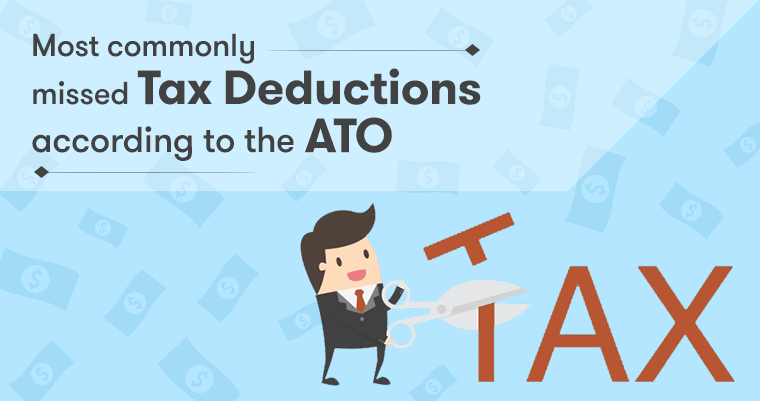

Audit objective and criteriaĥ. The objective of the audit was to assess the effectiveness of the ATO’s management of small business tax debt arising from compliance activities. In response, the Commissioner of Taxation requested that the Australian National Audit Office (ANAO) undertake an audit into the effectiveness of the ATO’s approaches to debt collection associated with compliance and dispute activities. These strategies and actions were called into question in the media in April 2018. Debt collection requires the deployment of strategies and actions by the ATO using the powers given to it under legislation. Rationale for undertaking the auditĤ. Tax debt owed by small businesses makes up 63 per cent of overall tax debt, with collectable debt for small businesses totalling $15 billion in June 2018. This particularly relates to firmer and stronger debt actions, such as garnishee notices, director penalty notices, departure prohibition orders and company wind up processes initiated by the ATO. The ATO has introduced a range of educational and support material designed to inform small business about their tax liabilities and help prevent them acquiring a tax debt.ģ. As with other types of taxpayers, a key challenge for the ATO with respect to small business is to target its resources to those areas of greatest compliance risk, while ensuring that debt collection policies and practices are equitable and uniformly enforced.

Collectively, small businesses owe nearly two thirds of collectable tax debt and are almost twice as likely to have a debt with the ATO compared to other taxpayers. The ATO’s compliance and dispute activities for small business are conducted on a relatively low proportion of these businesses 1, and generally involve undertaking audits of higher risk cases and seeking to resolve taxpayers’ objections.Ģ. In 2017–18, 3.8 million small businesses (with an annual turnover of less than $10 million) were registered in the tax system. In 2017–18, over 70 per cent of small business tax liabilities were paid on time. Under the self-assessment system of taxation, the vast majority of taxes are paid on time, without intervention by the ATO.

1. The Australian Taxation Office (ATO) administers the taxation system for the Australian Government, collecting $397 billion of net tax in 2017–18.


 0 kommentar(er)
0 kommentar(er)
